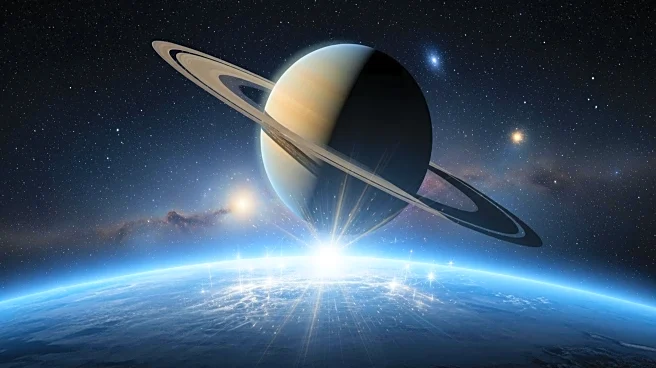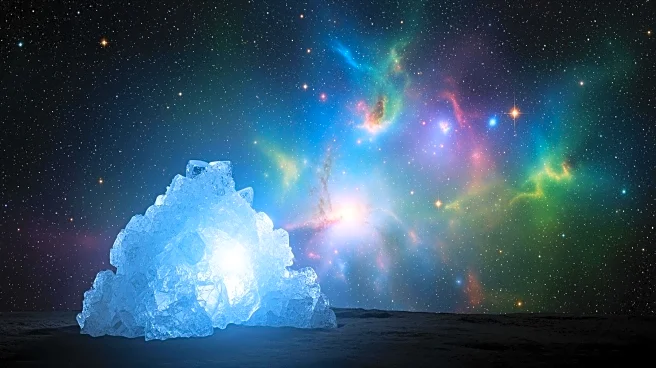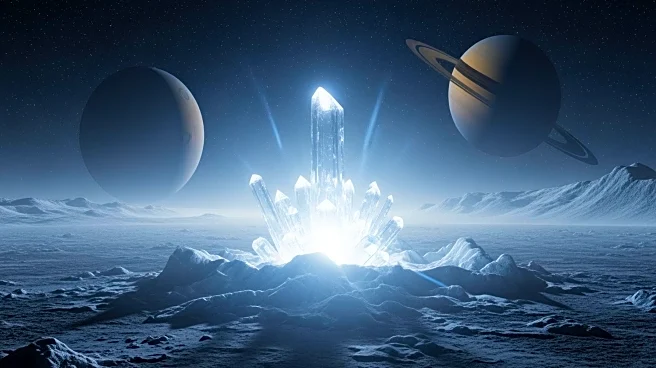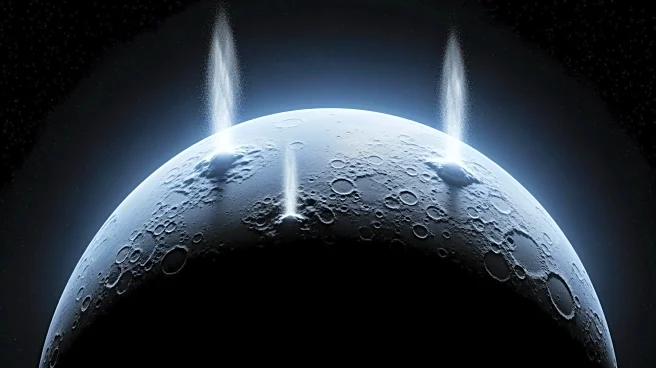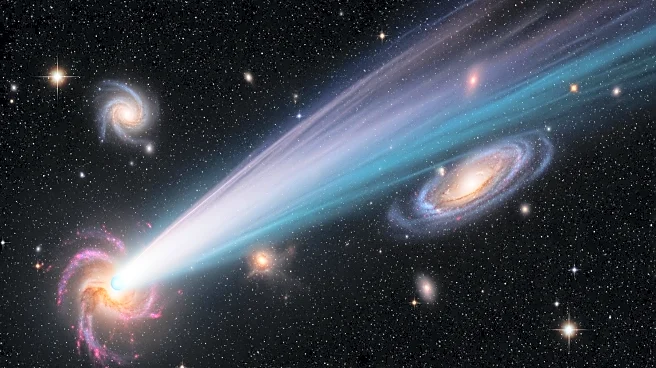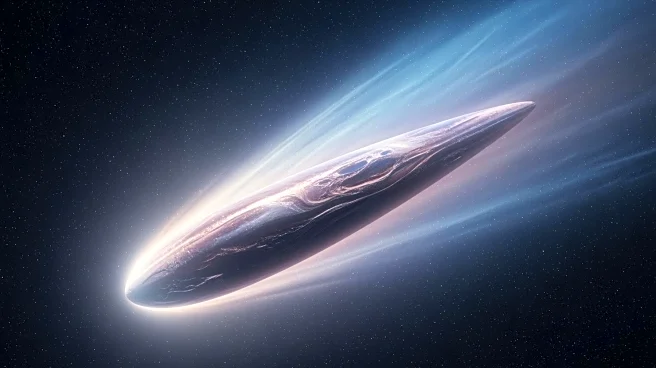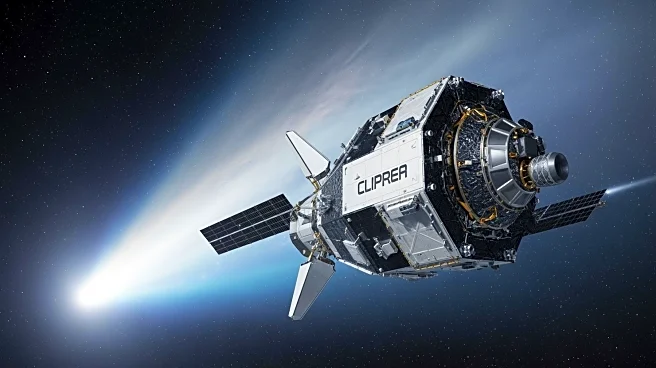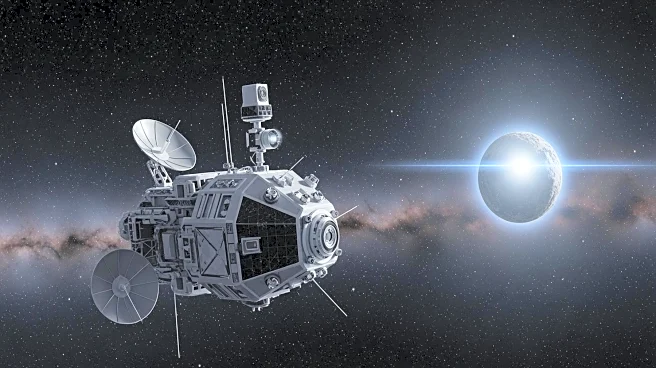What's Happening?
New research led by planetary scientist Grace Richards suggests that some organic molecules detected in plumes from Saturn's moon Enceladus may be products of natural radiation rather than originating
from the moon's subsurface ocean. The study involved simulating conditions near Enceladus's surface and found that radiation could induce chemical reactions producing molecules like carbon monoxide and formamide. This discovery complicates the assessment of the astrobiological relevance of these compounds.
Why It's Important?
The findings challenge previous assumptions about the origin of organic molecules on Enceladus, raising questions about their astrobiological significance. Understanding the processes that produce these molecules is crucial for interpreting data from space missions and assessing the moon's habitability. The research highlights the complexity of Enceladus's chemistry and reinforces its status as a prime target in the search for extraterrestrial life.
What's Next?
The study suggests caution in linking the presence of organic molecules in Enceladus's plumes directly to its subsurface ocean. Future missions to Enceladus and other icy moons will need to consider the role of radiation in modifying organic compounds. The insights from this research will inform the design and interpretation of future space missions, including NASA's Europa Clipper and ESA's JUICE.
